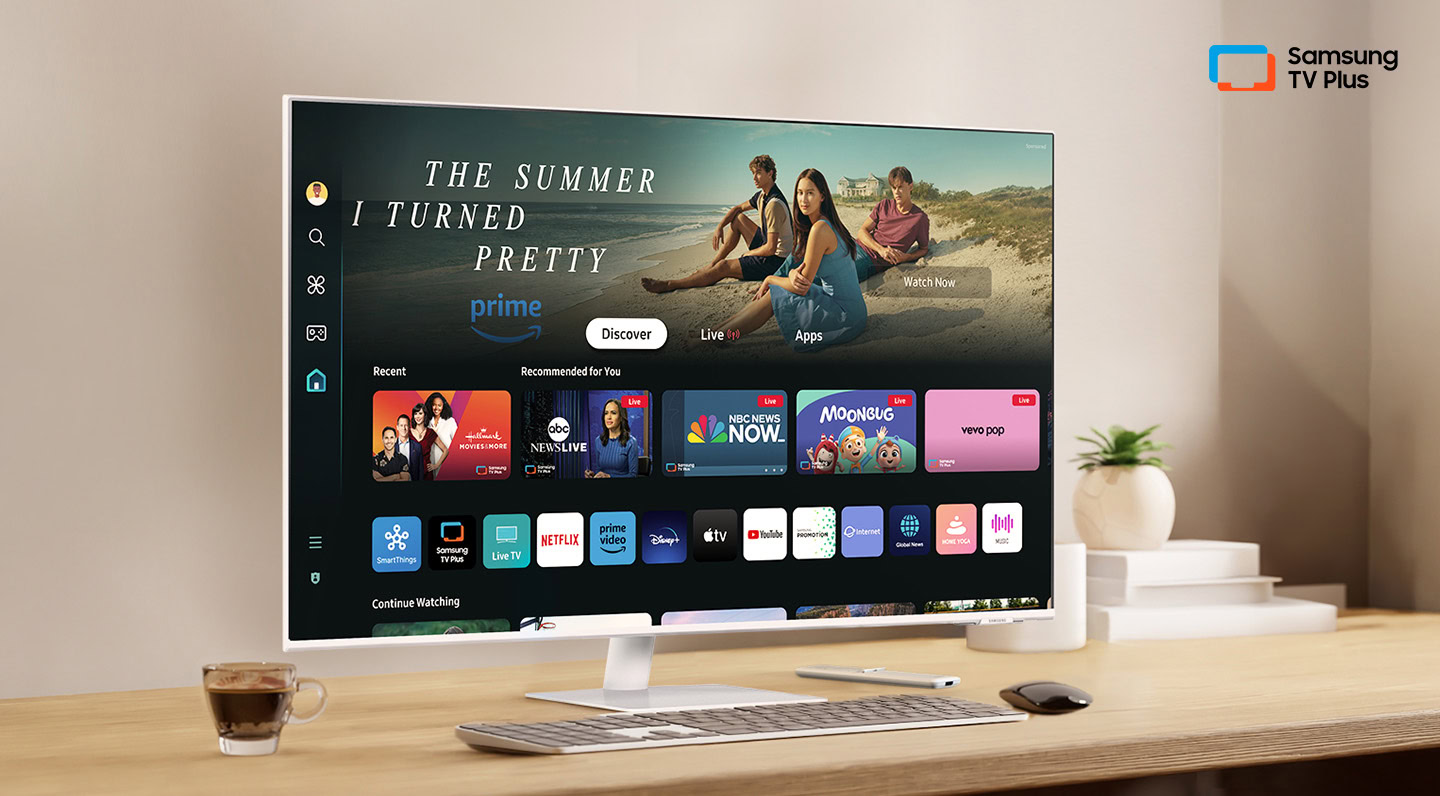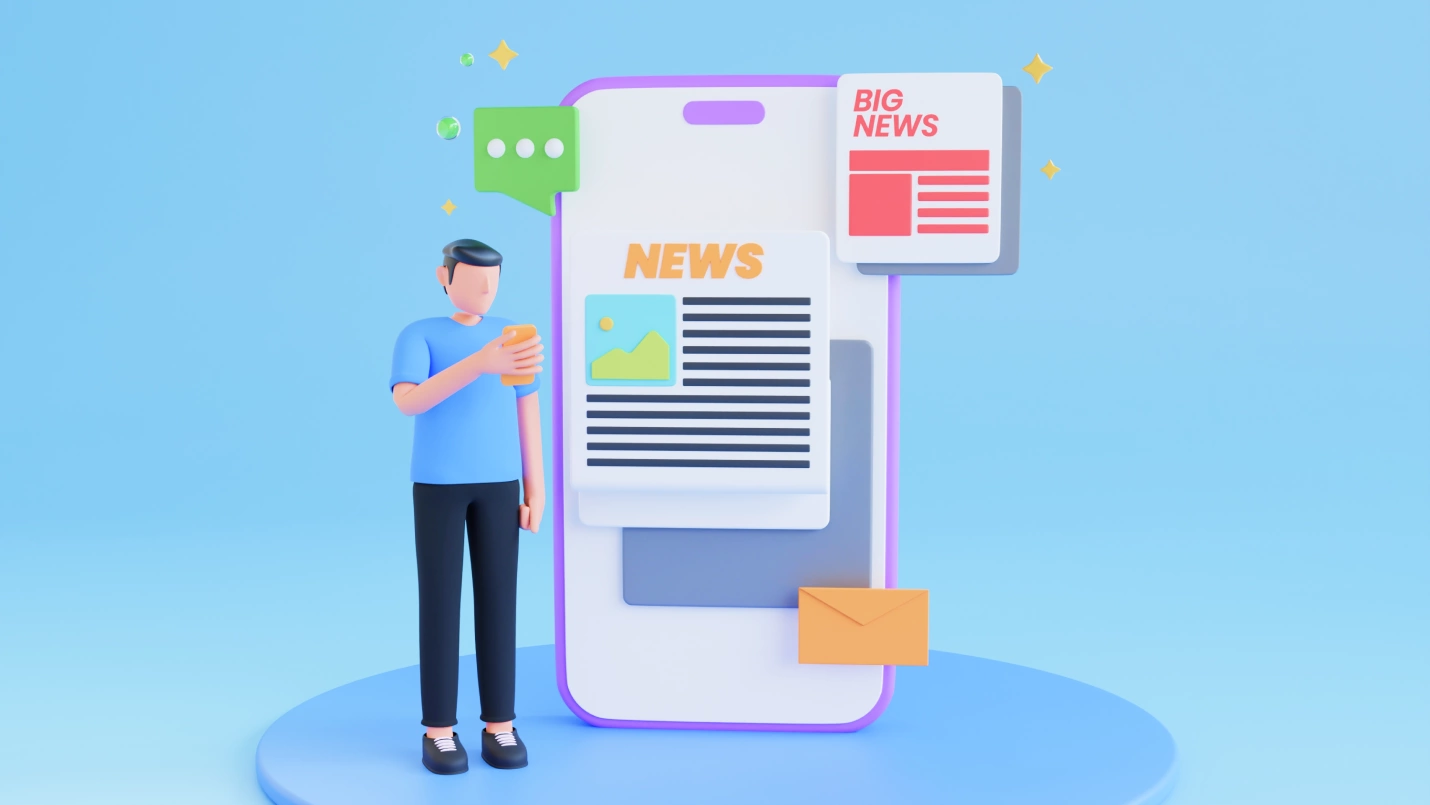Secrets to Successful Retargeting Marketing
Discover the secrets to successful retargeting marketing. Learn how to segment your audience, create compelling retargeting ads, and A/B test them.
Remember the ad that has been following you for days now? You clicked on an ad, visited a website, didn't make a purchase, and now it's everywhere. This is the work of retargeting marketing.
When someone visits a website through an ad but bounces back without making a desired action, they need to be pulled back in. A person needs an average of 8 to 9 touchpoints through ad reminders before they make a buying decision. Retargeting marketing does this job well and forms a significant part of your marketing funnel.
Let's dive into retargeting and see how it can fit with your business advertising needs.
What is Retargeting Marketing?
Retargeting marketing is a form of online advertising that serves people who have already interacted with your ad and have visited your website once.
Suppose someone visits your website through an ad and explores around but then gets pulled in for some other work. They'll leave the website and might not remember about it. In this case, you can make them recall your brand by retargeting them with your ads. It is nothing but showing an ad repeatedly to a user for a specific period or until they take the desired action.
It differs from Remarketing, which focuses on marketing to existing customers and maintaining relationships with them.
How does Retargeting Marketing work?
How does retargeting even work when we're not collecting emails or phone numbers? The answer lies in tracking pixels.
Tracking pixels are little JavaScript codes embedded in the website header that load on all pages of your website. These pixels work on the IP addresses of website visitors and don't store the user's personal information. It works on cookies and connects you with the anonymous visitors of your website. These pixels track visitors' progress on your site, later helping you retarget them with tailored ads based on their activity.
Retargeting Goals: what do you get out of it?
Brand Recognition and Recall
When you retarget your ads to a user, you make them recognize your brand. With consistent branding and retargeting efforts, you showcase the same logo, brand colors, and tone of voice in your ad. This makes recalling your brand easier with each retargeted ad.
Conversions
One of the primary goals of retargeting marketing is to get conversions. This conversion can be anything- making a purchase, getting sign-ups on your newsletter, or downloading a file. You can get your audience to complete their journey by making them return to your website through retargeted ads.
Reduced Cart Abandonment
'Your cart misses you!' is an ad we've seen plenty of times. This also uses retargeting marketing.
According to Statista, the cart abandonment rate can reach 98%. Think of the many ways a website visitor can get distracted from continuing their purchase. Maybe it was out of their budget? You can target them with discount ads. Maybe they had some urgent plans? You will have to remind them again later.
Retargeting your ads can significantly decrease the chances of cart abandonment.
General Awareness
There's a possibility that a user couldn't find what they were looking for on your website. You can retarget your ads to them and make them aware of your products and their features. This works great in attracting back a warm audience to your site.
The Secrets to Successful Retargeting Marketing
Retargeting ads have the potential to reach a wide audience that has already shown interest in your brand. However, the aim is to make a retargeting strategy so compelling that it converts without much fuss.
Let's explore all the secret methods of a successful retargeting marketing campaign.
1- Segment Your Audience
This might sound basic initially but is probably the most crucial step throughout your retargeting journey. Users come to your site for various reasons. Some are casual explorers, and others are looking to solve a problem they have.
A generic retargeting ad cannot solve all their problems. It is better to segment them into audience groups or 'personas' and use personalized ads to reach back to them.
Understanding a visitor's journey throughout your website can give you insights into what they're looking for. It's about finding what they could not find on your website. You can do this by checking the metrics of your retargeting campaign.
Let's break this down with a few questions.
Did they bounce back from the landing page?
There are a few things that can contribute to a landing page's bounce rate. It can either be that they're a casual explorer or clicked on your ad by mistake. But it can also be that they weren't compelled enough by the content and visuals of your landing page. Or it took a lot of time to load. In such cases, it's better to optimize your landing pages before retargeting.
Did they visit another webpage on your site and then click off?
Since the user is exploring different web pages, they're likely interested in your offerings. But then what caused them not to convert? They couldn't find what they were looking for, had some trust issues, or got distracted by something else.
You can start by analyzing the page they left at. There could be some technical or content issues. You can then create retarget ads that speak to the issue they could have faced. If a visitor leaves your About Us page, you can tell them about your company. You can give them a how-to tutorial or testimonials if they leave the product description.
There's a lot for you to experiment with.
Did they leave after adding to the cart or wishlist?
Now, you can be sure these are warm leads who are ready to convert. Why haven't they converted yet, though? The reason could be budget issues, size issues, lack of social proof, payment issues, or a distraction (maybe an ad from a competitor?).
To get these leads to convert into customers, you can retarget them with exclusive deals and first-buy offers. It is always better to retarget these leads as soon as you can.
Advertising networks like 7Search PPC give detailed insights into your audience and retargeting performances.
2- Create Compelling Ads
The term 'banner blindness' has frequently been used in recent years. It denotes how users have become so used to these banner ads that they don't even glance at them anymore. This makes it challenging for advertisers to get increased web traffic. One way to overcome this is to create ads compelling enough to catch eyes and get clicks.
Retargeting marketing ads are compelling when they resonate with the buyer's journey and solve their problem. Keep them visually appealing, stay consistent with your branding, and use persuasive language, social proof, and strong call-to-actions in your messaging.
3- Control the Frequency of Ads
Users value their privacy and time on the internet more than ever. If used carelessly, retargeting marketing can get risky and generate negative reactions.
It is best to set a frequency limit on your ads to control the number of times they are shown to the same user. Do your research and testing well before you bombard them with the same ad many times a day. Anything between 12 to 15 ads in 30 days should be fine and not make them click that angry red block button instead.
4- Strategic Ad Placements
Choosing the correct ad placements is equally relevant to making a strong impact on the user. Ads placed on websites the user frequently visits can lead to higher engagement.
Most of the time, it's not just about finding a high-traffic spot. You need a clear understanding of how your audience interacts with ads in different spaces.
Ads placed near the natural movement of the eye tend to be more effective in capturing attention. Other factors include the context of their placement, users' browsing behavior, location, and time. For example, an ad for dog food will be perceived better on a blog about dogs.
To get started with retargeting, you can connect with DSPs (Demand-Side Platforms) like 7Search PPC. DSP advertising helps you strategically place your ads on the websites of multiple publishers. Programmatic display advertising is another feature that allows you to automate your ad placements and bidding.
If you have a large budget, you can also consider placing your ads on OTT advertising platforms like Hulu and Disney+.
5- A/B Test Your Ads
A/B testing should be your priority when creating retargeting marketing campaigns. There is no universal approach to retargeting your audience, as the motive behind each visitor's buyer's journey differs. Continuously monitor their performance to see which audience groups are working well and which need improvement.
The more you study your audience and metrics, the better your campaign gets. A/B testing enables you to test certain elements like-
Headlines
Description
Visuals
Ad Assets (eg. site links)
Frequency of your ad
Audience groups
Ad Format (text, native, video, etc.)
You can create different ad variations, then pick the best-performing elements and optimize them for your retargeting strategy.
Conclusion
And the secret to successful retargeting marketing is out! A strategic mix of all these strategies will surely help you win back your potential customers. Give yourself time to understand your audience and create ads that resonate with them. Being creative and constantly experimenting is bound to create a retargeting campaign that brings back users to your site.
7Search PPC is one of the best media-buying agencies out there. With multiple ad formats and a user-friendly interface, we connect you with publishers without hassle. Our 24/7 support system can also help you with your retargeting campaign.
Frequently Asked Questions (FAQs)
How can I set up a PPC (pay-per-click) retargeting marketing campaign?
Ans. You can set up your PPC retargeting campaigns by determining your audience segments and choosing an advertising platform like 7Search PPC or Google Ads.
What is the difference between retargeting and remarketing?
Ans. Retargeting is related to users who visited your website through an ad but didn't take the desired action or purchase. On the other hand, remarketing is used to target a brand's existing customers.
What are the benefits of retargeting ads?
Ans. Retargeting ads can boost sales and brand recognition, increase desired conversions, and promote new products and discounts.
What ad formats can I use for retargeting?
Ans. You can use text ads, native ads, banner ads, popunder ads, video ads, and social bar ads for retargeting. The most relevant ad format will depend on what your audience prefers.
How can I personalize by retargeting campaigns?
Ans. You can personalize retargeting ads by addressing the audience's problems, giving them similar recommendations, and showing them products they have recently viewed or added to their cart.
What's Your Reaction?
 Like
0
Like
0
 Dislike
0
Dislike
0
 Love
0
Love
0
 Funny
0
Funny
0
 Angry
0
Angry
0
 Sad
0
Sad
0
 Wow
0
Wow
0

















































